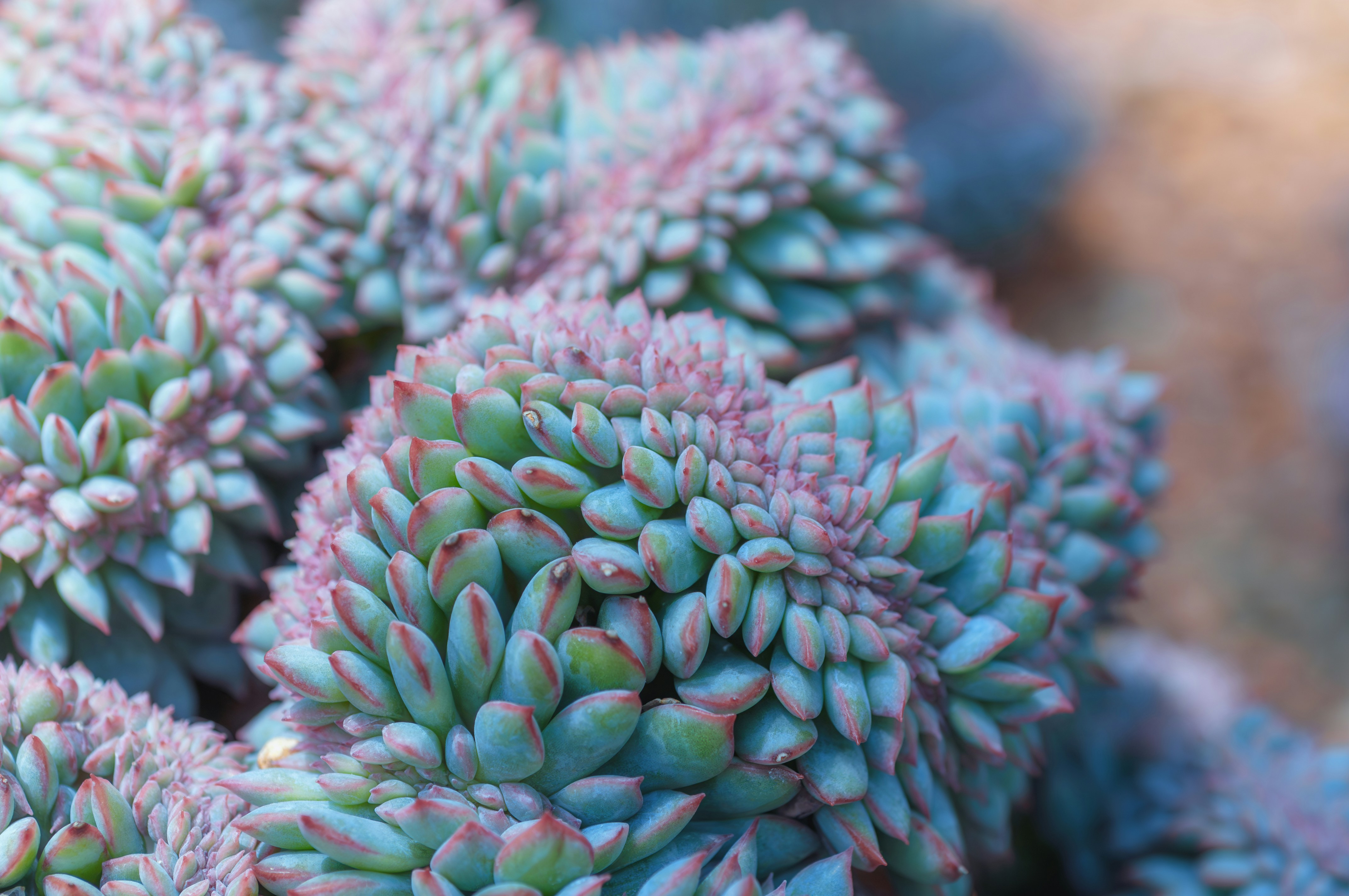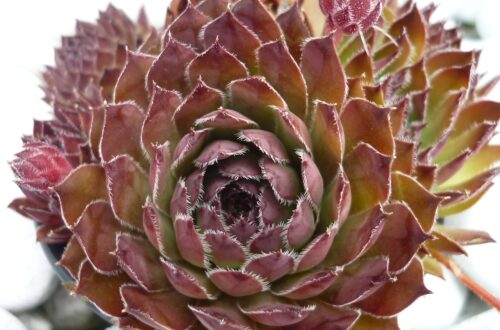
Can Succulents Survive Outside in the Winter?
Have you ever wondered if your beloved succulents can brave the chill of winter outside? The winter months can pose a significant challenge for many garden plants, but succulents have unique adaptations that might surprise you. While succulents are known for their resilience and ability to thrive in harsh conditions, their ability to survive outside during winter varies based on several factors. Understanding these factors can help you ensure your succulents stay healthy and vibrant through the colder months.
Understanding Succulent Hardiness
Succulent plants are celebrated for their water-storing capabilities, which allow them to survive in arid environments. However, this doesn’t necessarily mean they can handle freezing temperatures or heavy frost. Succulent hardiness refers to a plant’s ability to withstand cold temperatures, and this can vary widely among different succulent species.

Hardiness Zones
Succulents are categorized into hardiness zones based on their tolerance to cold temperatures. Generally, succulents are suited to USDA hardiness zones 9 to 11. In these zones, temperatures rarely drop below freezing, making them more hospitable for outdoor succulents. If you live in a region with colder winters, it’s crucial to choose succulents that are appropriate for your hardiness zone.For example, succulents like the Opuntia (Prickly Pear Cactus) and Sempervivum (Hens and Chicks) are known for their cold tolerance and can survive winter temperatures down to 10°F (-12°C). In contrast, species such as Aloe vera and Echeveria are less tolerant of frost and should be protected from freezing temperatures.
Temperature Tolerance
Each succulent species has a different temperature threshold. Some succulents can handle light frost, while others are susceptible to damage from even a slight drop in temperature. Research the specific needs of your succulents to determine their temperature tolerance. Generally, succulents that originate from temperate or alpine environments are more likely to survive colder temperatures.Hardy succulents: Examples include Sempervivum, Hylocereus, and Opuntia. These plants can endure freezing temperatures and may even thrive with minimal protection.Tender succulents: Examples include Echeveria, Aloe, and Kalanchoe. These plants are sensitive to frost and should be moved indoors or given extra protection during winter.

Preparing Succulents for Winter
If you decide to keep your succulents outside during the winter, proper preparation is essential to their survival. Here are some strategies to help your succulents make it through the cold months:
Choose the Right Location
Select a sheltered location for your succulents to minimize exposure to harsh winter elements. Ideally, place them in a spot that receives some winter sunlight while being protected from strong winds and heavy snow. A south-facing wall or a spot near a building that provides some warmth can be beneficial.Avoid placing succulents in areas where water can pool, as standing water can lead to root rot. Ensure that the drainage around the succulents is adequate to prevent water from accumulating around the roots.

Provide Winter Protection
Even cold-hardy succulents can benefit from additional protection during extreme weather. Consider using protective covers such as frost blankets, cloches, or cold frames to shield your plants from freezing temperatures. These covers can help retain warmth and reduce the impact of frost.You can also create a makeshift greenhouse or use plant cages covered with burlap to provide insulation. For particularly sensitive succulents, consider bringing them indoors during the coldest spells.
Adjust Watering Practices
Watering practices should be adjusted for winter care. Succulents need less water during the winter months due to reduced evaporation rates and slower growth. Overwatering can be detrimental, as cold, wet conditions can lead to root rot. Allow the soil to dry out completely between waterings and reduce the frequency of watering.Make sure that the soil has good drainage to prevent waterlogging. Using a well-draining cactus mix or adding sand and perlite to your soil can improve drainage and reduce the risk of rot.
Mulching and Insulation
Adding a layer of mulch around your succulents can provide insulation and protect the roots from extreme cold. Organic mulches like straw, leaves, or bark can help regulate soil temperature and prevent frost from penetrating the root zone. Avoid using heavy or dense mulches, as they can retain too much moisture and increase the risk of rot.In regions with severe winters, consider using insulating materials like foam or bubble wrap around pots to provide additional protection. This can help prevent the roots from freezing while allowing for adequate airflow.
Indoor Care for Tender Succulents
If you have tender succulents that cannot handle outdoor winter conditions, bringing them indoors is often the best option. Here’s how to care for indoor succulents during the winter months:

Optimal Indoor Conditions
Place indoor succulents in bright, indirect light to mimic their natural light requirements. A south-facing window is ideal, but if that’s not possible, consider using grow lights to supplement their light needs. Ensure they receive at least 6 hours of light daily.Keep indoor succulents away from drafty windows, heaters, or radiators, as sudden temperature changes can stress the plants. Maintain a stable indoor temperature between 60-75°F (15-24°C), and avoid placing succulents in areas where they might be exposed to cold drafts or excessive heat.
Humidity and Air Circulation
Indoor environments during winter can be dry due to heating systems. Succulents prefer lower humidity, so avoid using humidifiers around them. Ensure good air circulation to prevent fungal infections and pests. Avoid overcrowding plants and allow space between them to promote air movement.Regularly inspect your indoor succulents for signs of pests like mealybugs or spider mites. Address any infestations promptly using appropriate treatments such as insecticidal soap or neem oil.
Repotting and Soil Care
Winter is not the ideal time for repotting succulents, as they are in a dormant or slower-growing state. However, if you need to repot, ensure that you use fresh, well-draining soil and a pot with drainage holes. Avoid overwatering after repotting to prevent root rot.Check the soil periodically for signs of compacting or poor drainage. If the soil appears dense or retains too much moisture, consider replacing it with a new cactus mix.
Common Winter Issues and Solutions
Succulents exposed to winter conditions can face several challenges. Being aware of common issues and knowing how to address them can help you keep your plants healthy.
Frost Damage
Frost can cause serious damage to succulents, including leaf and stem damage. If you notice frost damage, remove affected parts and provide extra protection to prevent further harm. If the damage is extensive, you may need to trim back the plant to encourage new growth.
Root Rot
Root rot can occur if succulents are overwatered or if their roots are exposed to freezing temperatures. To prevent root rot, ensure proper drainage and avoid overwatering. If you suspect root rot, remove the affected plant from the soil, trim away damaged roots, and allow it to dry before replanting in fresh soil.
Sunburn
Indoor succulents that are suddenly exposed to intense winter sunlight may experience sunburn. Gradually acclimate plants to increased light levels to prevent sunburn and provide shade if necessary.
Succulents have unique adaptations that allow them to handle various environmental conditions, but their ability to survive outside in winter depends on their species and your local climate. By understanding the hardiness of your succulents, preparing them for winter, and providing appropriate care, you can help ensure they thrive throughout the colder months. Whether you choose to keep them outdoors with protection or bring them inside, with the right approach, your succulents can continue to add beauty to your home even in winter.



